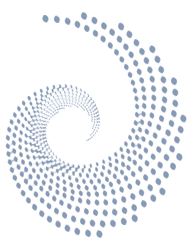Volume 03,Issue 01
Safety Assessment on Merge and Diverge Areas using Fuzzy Inference System, Artificial Neural Network, and Particle Swarm Optimization
Authors
Hamid Behbahani, Sayyed Mohsen Hosseini, Alireza Taherkhani, Hemin Asadi
Abstract
In this paper, it was attempted to predict safety level of merge and diverge areas bysimulating 2880 different types of them with different geometry and traffic characteristics. After analyzing trajectory data, safety level was obtained for each merge and diverge area by defining an index called “No-Collision Potential Index”. This index depends on the number and severity of near-crash events and could be determined by combining four traffic conflict techniques using fuzzy inference system. A database containing geometric and traffic characteristics as variables and safety level as function was generated after determination of safety level for all types of merge and diverge areas. By using this database, two models were developed to predict safety level of the two areas, one by artificial neural network and another using particle swarm optimization algorithm. Models were tested, validated and their errors were checked. The results indicated good accuracy of similarity between the results of models in predicting safety level of merge and diverge areas and that of simulations. Five merge areas and five diverge areas as case studies were surveyed to verify the models. Statistical analysis showed that there was no significant difference between means of safety level predicted by models and safety level obtained from case studies.
Keyword: Safety level, Near-crash events, Diverge area, Merge area, Fuzzy inference system.
PDF [ 2712.45 Kb ] | Endnote File | XML


